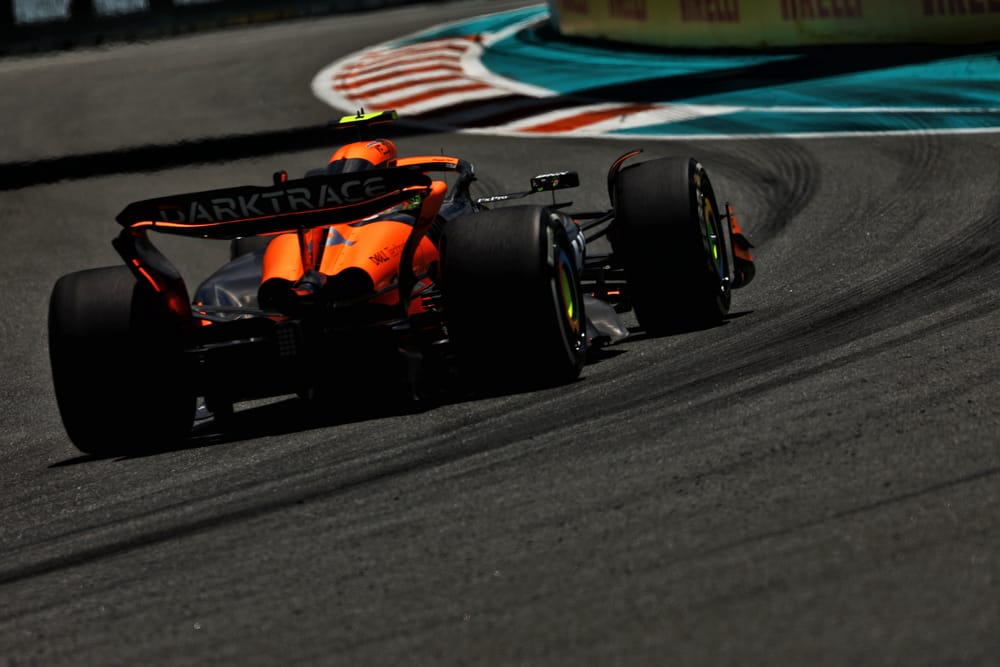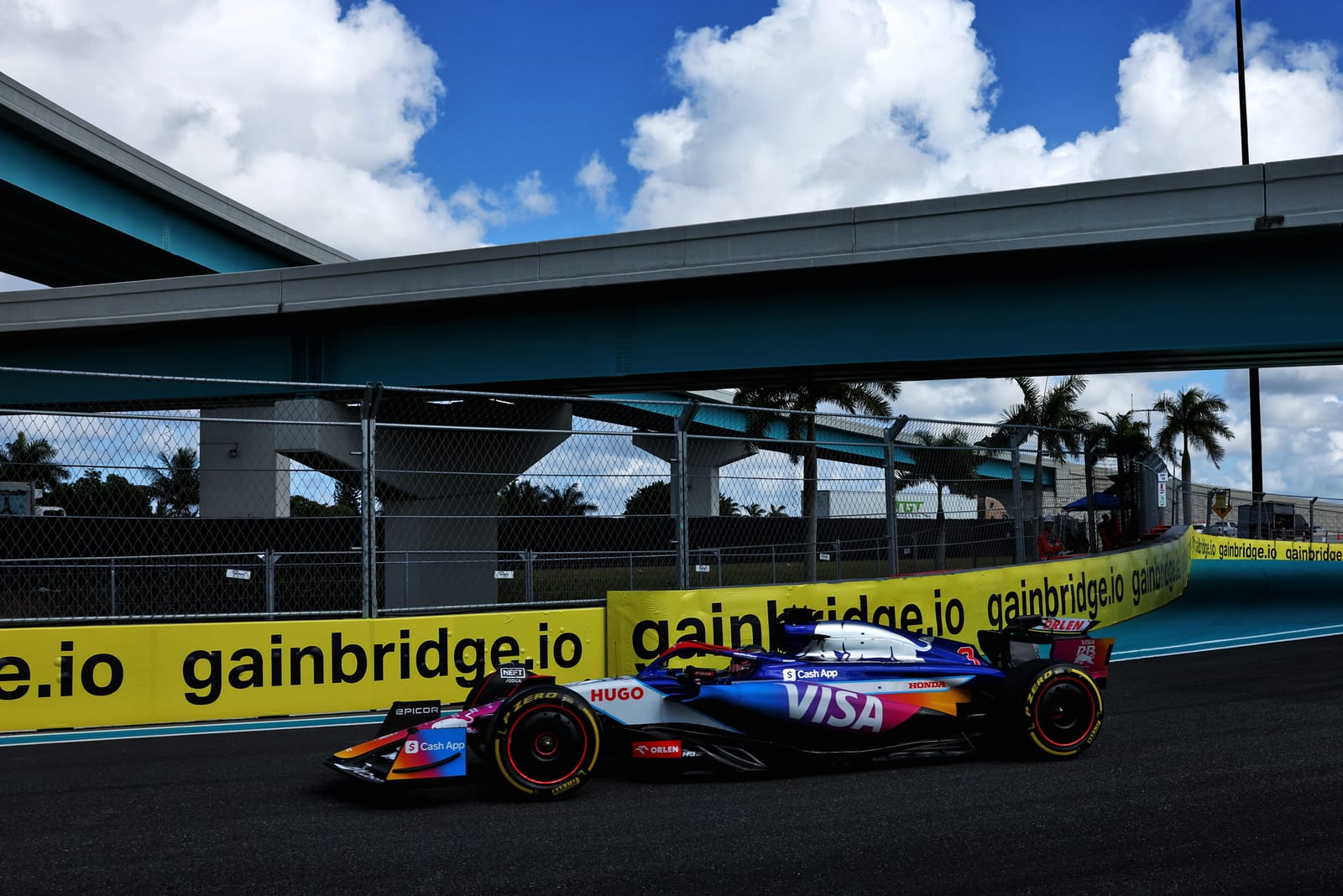Up Next

Lando Norris in the heavily-upgraded McLaren in Miami Grand Prix sprint qualifying: P1 in SQ1. P1 in SQ2. P9 when it mattered in SQ3.
Even Max Verstappen’s pole time in a Red Bull on soft tyres was half-a-tenth of a second slower than Norris had managed in SQ2 on mediums. The new car had a lot of pace and with Verstappen less than satisfied with the balance of his RB20, it looked like an open goal for Norris and McLaren.
So how did it go so badly wrong?
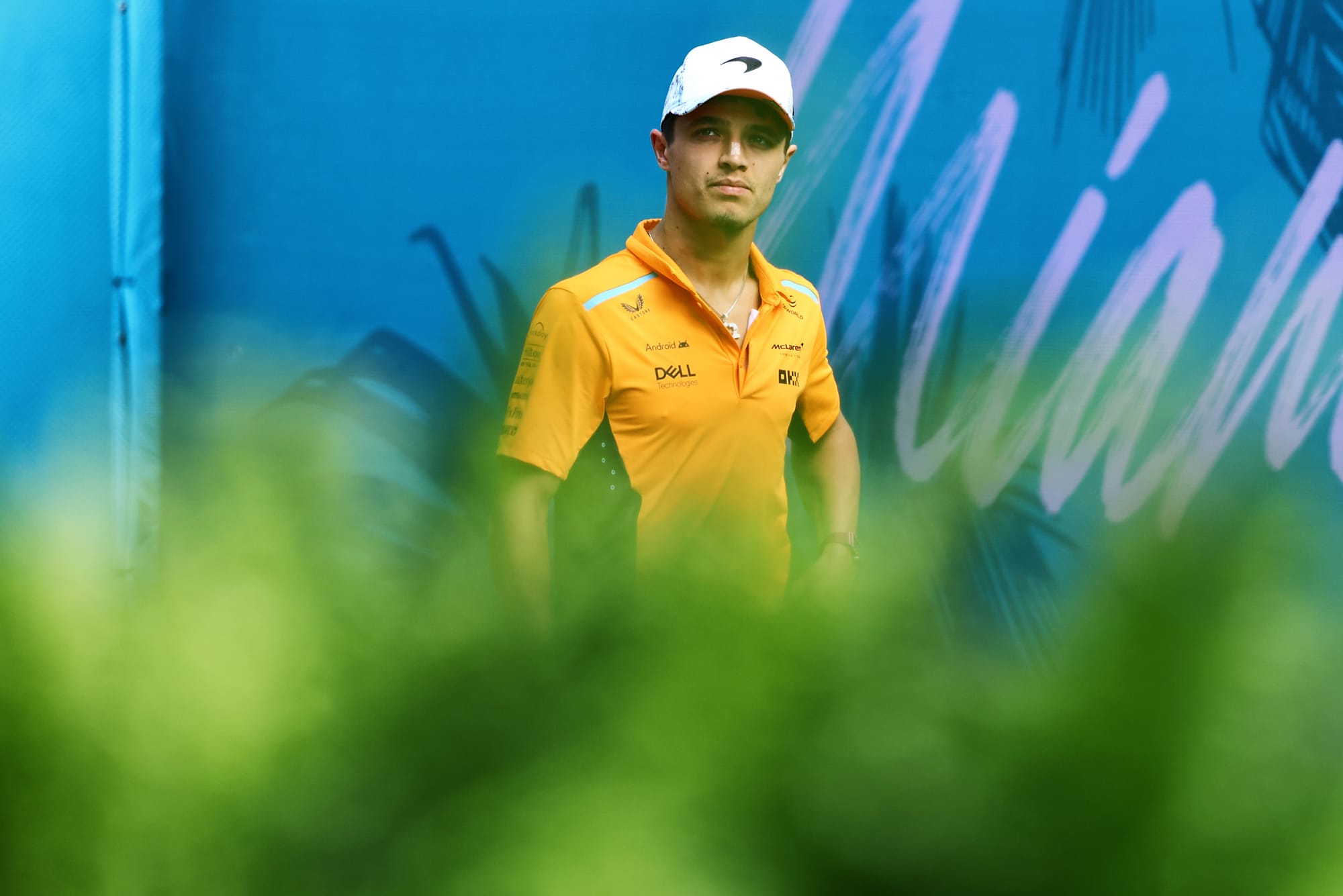
“I just pushed too hard, simple as that,” said the deeply disappointed driver later. “Just silly. A couple of mistakes at Turn 1 and it just spiralled from there.”
It was certainly a very messy lap. Not quite hooking up the apex into the first turn, he wheelspins on the exit, which builds into a messy double moment into and through Turn 2.
As Norris runs hard around the long left of Turn 7, he loses the rear, compromising his entry onto the back straight. There’s a small snap into the first part of the left-right chicane at the end of the straight, which puts him slightly offline for the next part.
From there, the rest of the lap is good (indeed he’s fastest of all in the final sector), but he’s already dropped 0.7s by the time he finishes the middle sector.
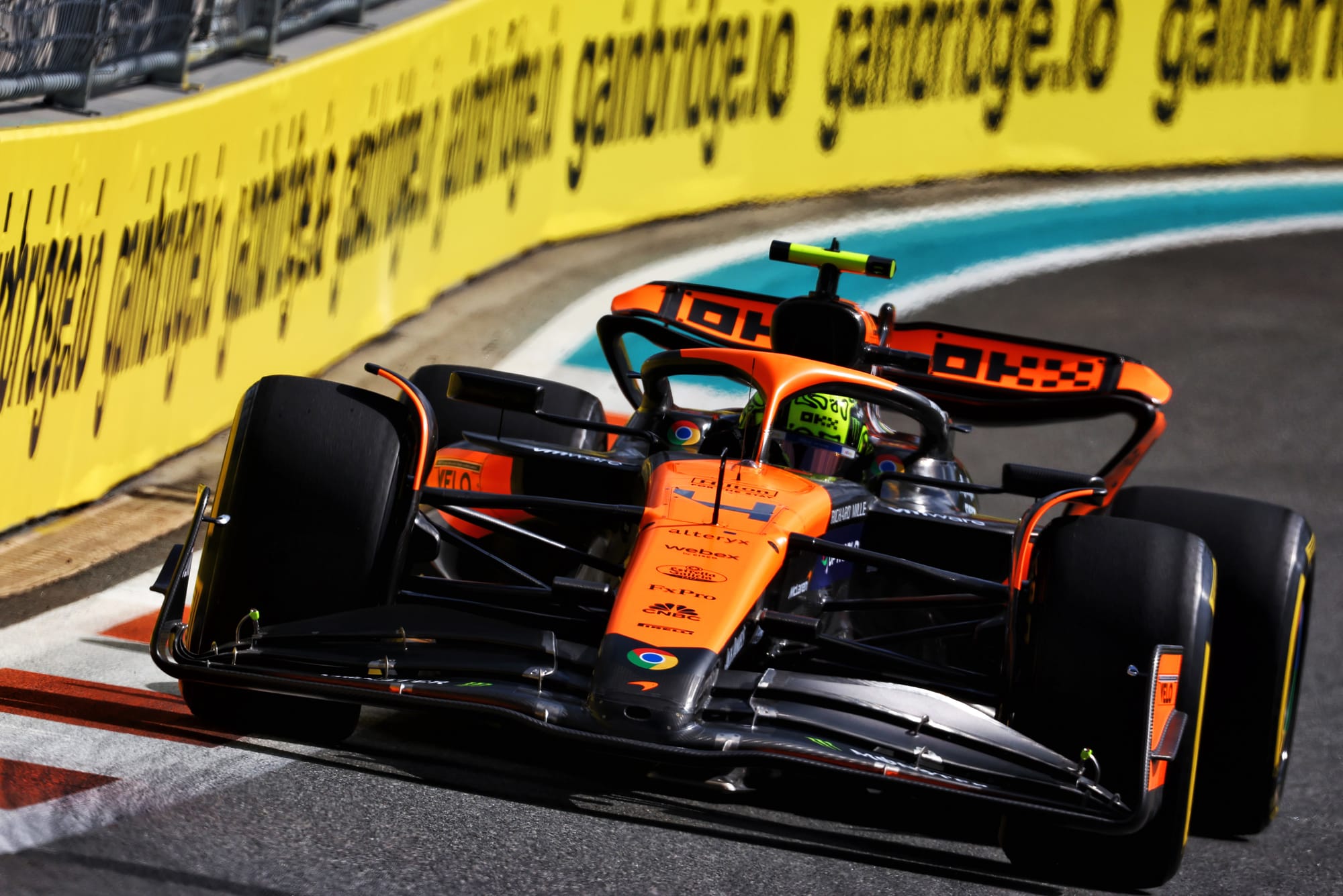
Although he puts the blame squarely on himself, there are actually a couple of contributory factors at play.
The soft tyre was exceptionally easy to overheat – as Verstappen had found in FP1, when he had to do as many as four consecutive cool-down laps to bring the temperatures back under control after overworking them on his out-lap. With that finally accomplished, he was able to set the fastest FP1 time.
Fast-forward to Norris’ Q3 lap and the way the rear wheels spin up so easily into wheelspin on the exit of the first turn suggests they may already have been too hot. They would certainly have been once he’d had that snap and the following three.
Once they get past that critical temperature threshold they aren’t coming back in the remainder of a qualifying session. As Verstappen had shown that morning, they need several very slow laps to accomplish that.
When Norris began his SQ3 out-lap on a track temperature of over 45-deg C, it was the first time in the weekend he’d tried the soft tyre. In FP1 he’d been back-to-backing the upgraded car with Oscar Piastri’s less developed one, then back-to-backing the new front wing and the old.
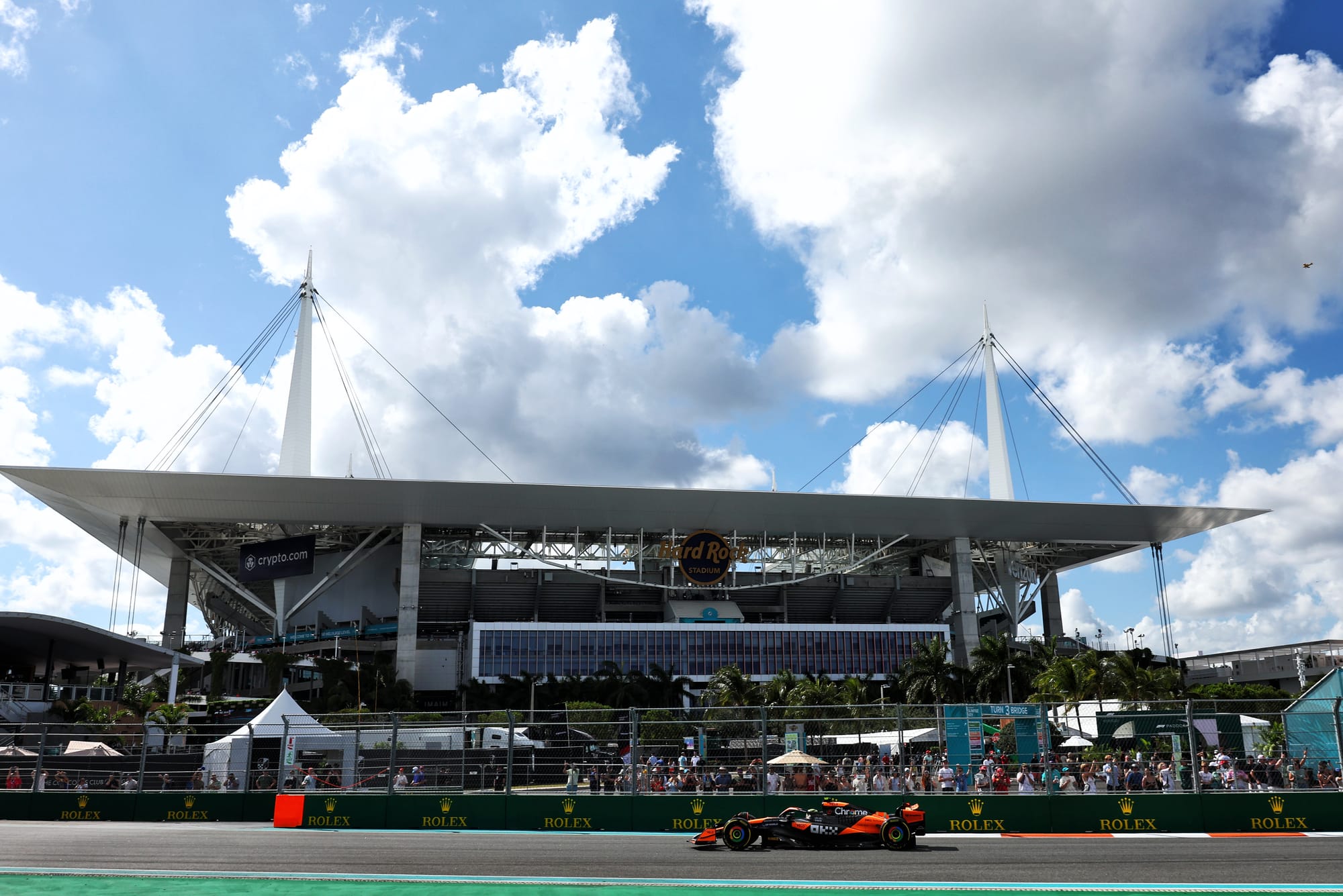
In this process McLaren had Norris on the same set of hard tyres throughout, so as to give the required constant for the comparison. He gauged his SQ3 out-lap very carefully – but not carefully enough, as it turned out. His out-lap from the pits to the start/finish line to begin the flying lap took him 1m57s. Which seems like a pretty conservative pace in isolation.
But a look at Verstappen’s SQ3 out-lap reveals a different level of careful. Having experienced the nightmare of overheating the tyre in the practice session, his engineer Gianpiero Lambiase was attentive to the out-lap temperatures to an extreme degree.
“Eyes on dash, Max, tyres over-target,” he said urgently at Turn 13-14 of the out-lap, nudging Verstappen into backing off even further. His out-lap from the pits was completed in 2m08s, a full 11s slower than Norris’.
The tyre preparation challenge was so different between the robust C3 medium used in SQ1 and SQ2 and the delicate C4 soft used in SQ3 that it looks to have caught McLaren out. Seemingly as a run-on consequence of how its FP1 had been devoted to checking the correlation of the big upgrade.
Piastri – who did do a single lap on the soft at the end of FP1 – was less badly afflicted than Norris, but even he found only a hundredth of a second from the theoretically faster tyre. In the one-lap-only of the time-restricted sprint final session, there was no time for McLaren to respond to the lesson.
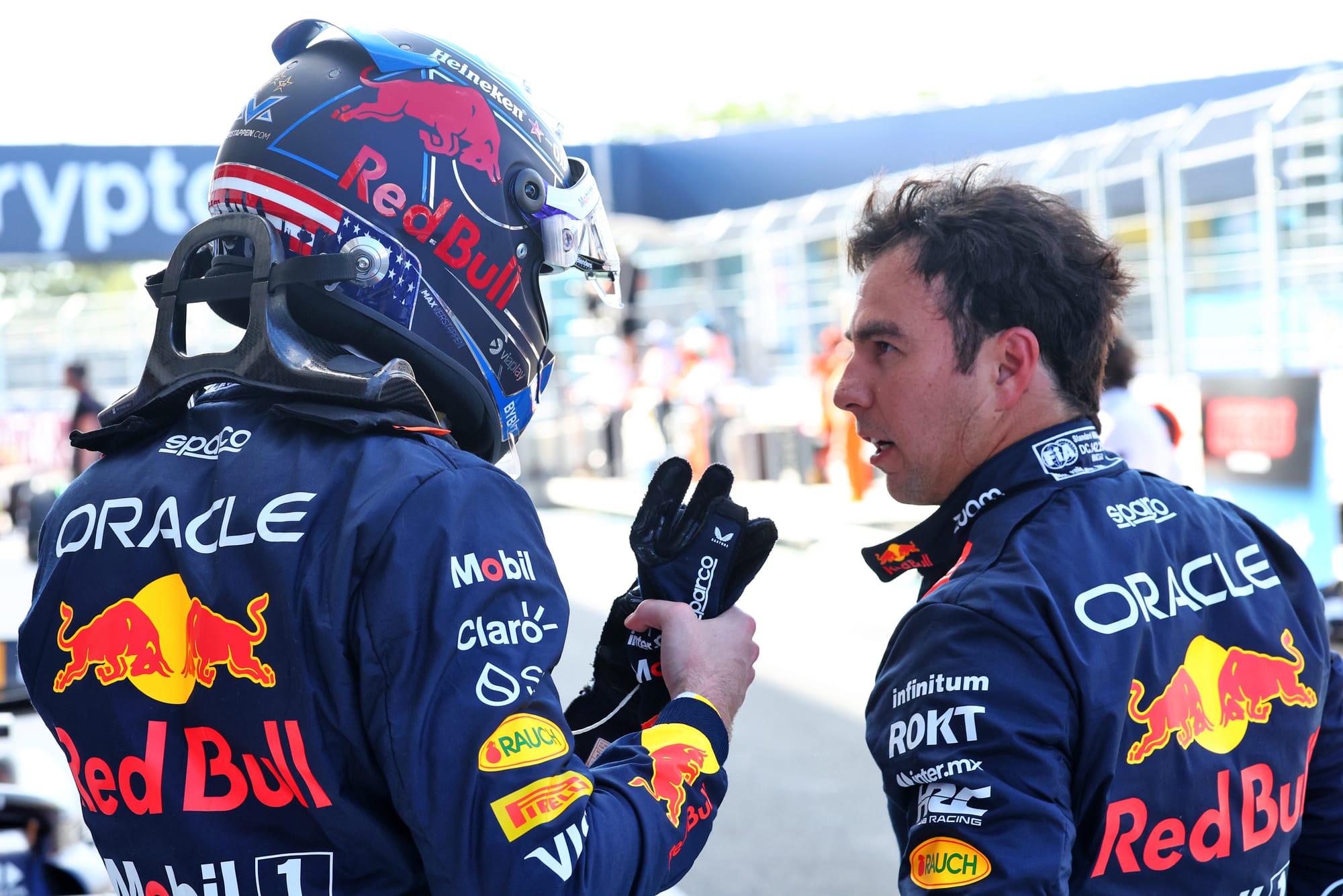
Verstappen’s lap was far from perfect – with a major oversteering moment through the Turn 13-14 chicane and ordinarily probably wouldn’t have been good for pole. But in the compromised circumstances of a sprint weekend and a super-high maintenance soft tyre, it was enough.
“Where was everyone?” was his surprised response on being told he’d secured the top slot. “I mean I’ll take it but it wasn’t great.”
So on the one hand a hugely disappointing outcome for Norris and McLaren. On the other, the upgraded car looks extremely promising.
Is it as big an improvement as last year’s Austria update?
“No, not quite,” says team boss Andrea Stella, “but it’s a very significant one.”
Good enough that on the medium tyre on a day when Verstappen and Red Bull hadn’t quite nailed the set-up, it was the fastest thing in the place.
Norris’ 1m25.597s in SQ2 was 0.268s clear of Sergio Perez’s Red Bull. Verstappen’s average qualifying advantage over Perez so far this year has been 0.283s. So implying that with everyone sorted and on full song the new McLaren around here might’ve been within very close sniffing distance of Verstappen.
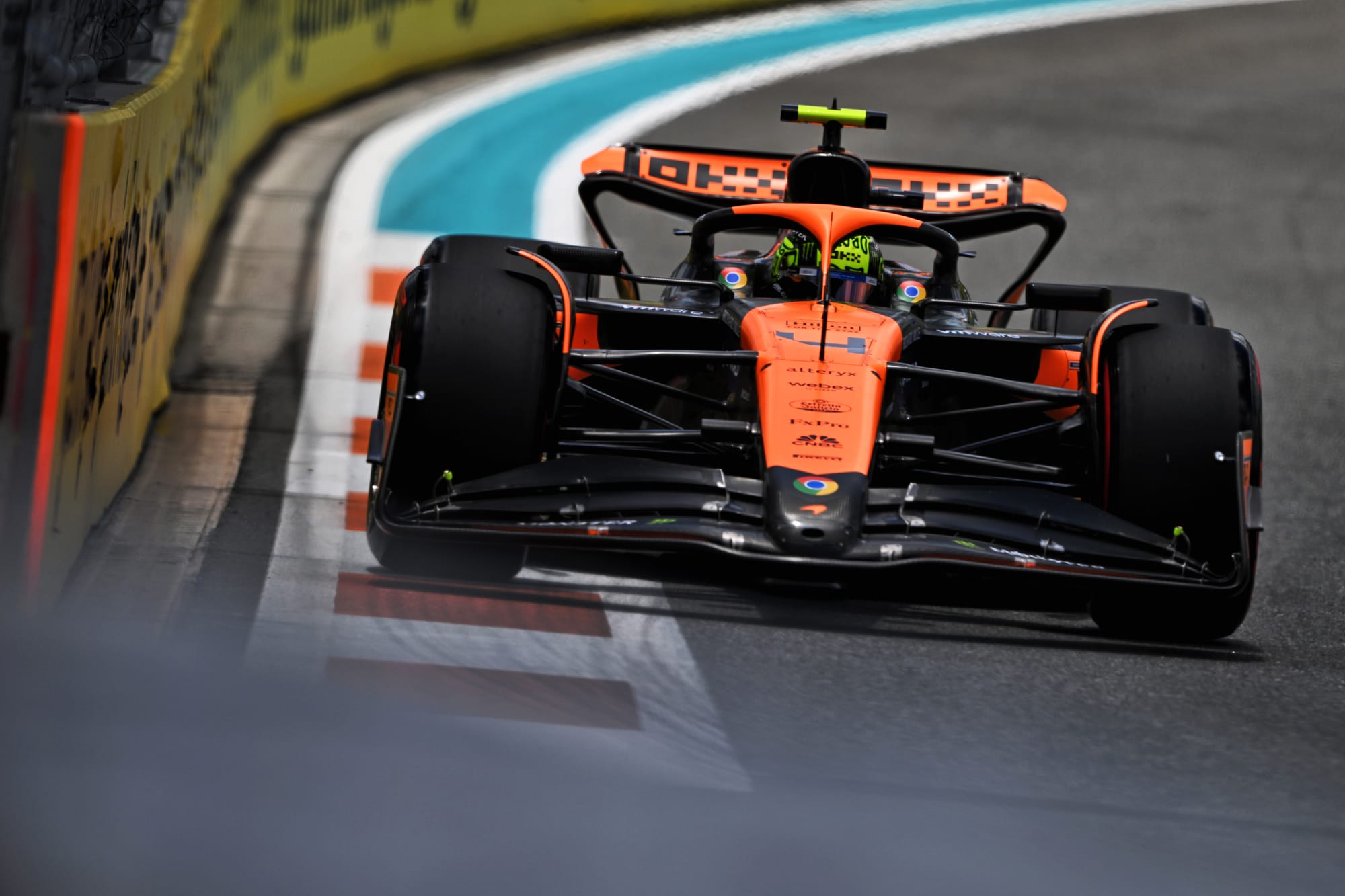
For the rest of the weekend McLaren is now armed with the necessary knowledge of how the soft needs to be treated in qualifying. But the soft is not likely to be a popular choice on race day. Without any complicating safety cars, this is a nailed-on one-stop race, using a combination of the medium and the hard.
Furthermore, unless Red Bull finds a better set-up for Verstappen, there’s a distinct possibility that the McLaren will be faster on the medium. It’s all still to play for.

